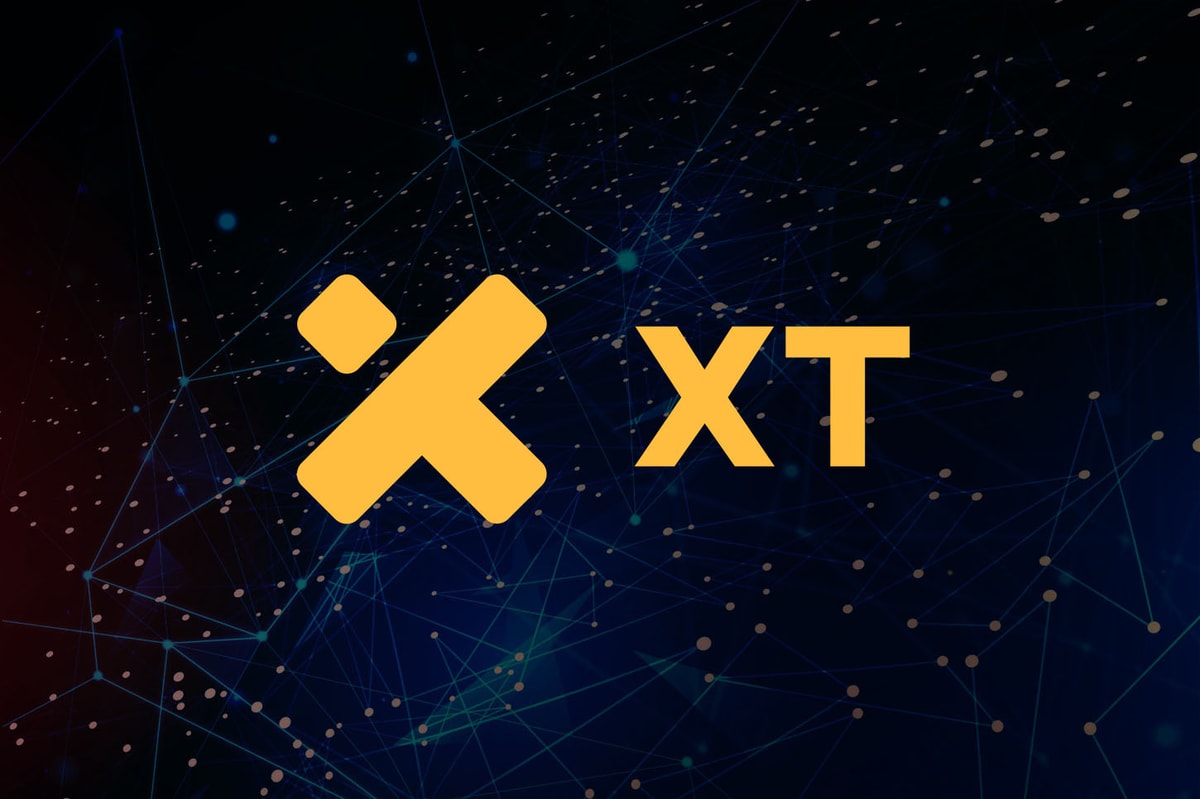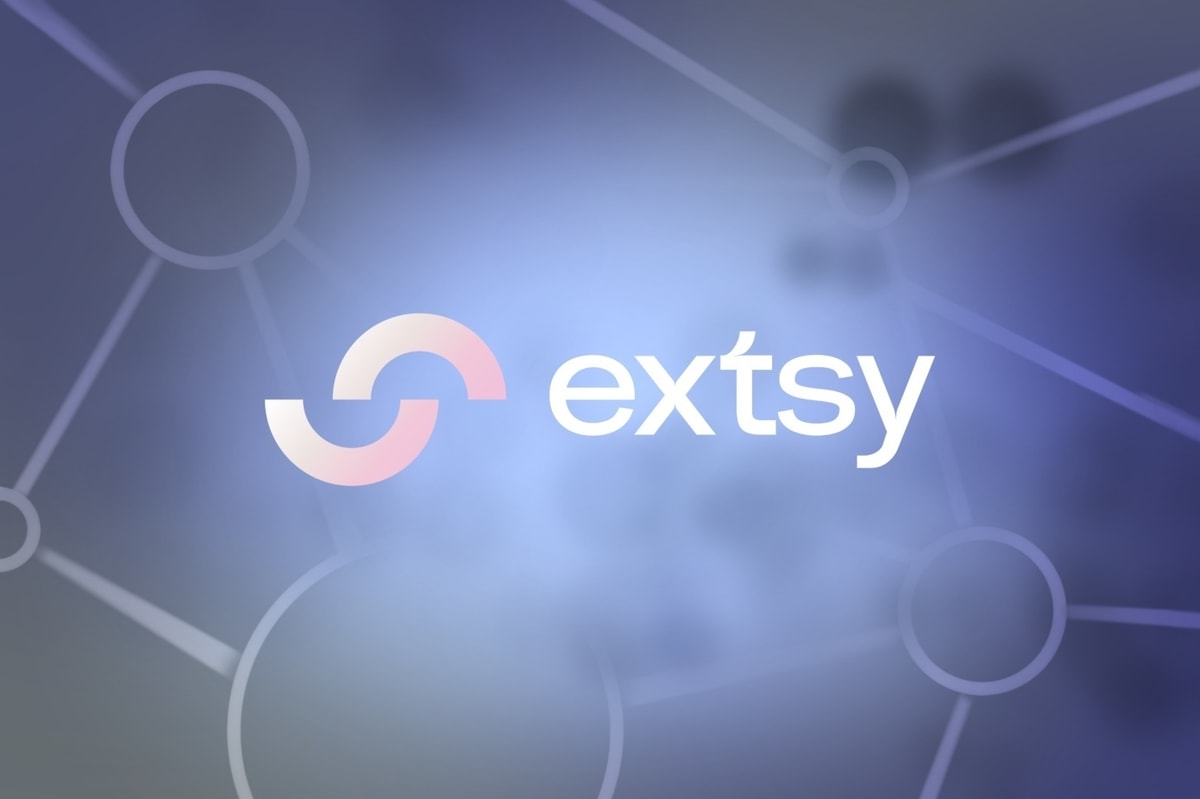Bear markets are healthy. They clean out the dead wood and allow new green shoots and the projects with real substance to thrive.
A heavy influx of investment capital has gone into Layer 1s and centralized exchanges (CEXs). Like all new disruptive markets, infrastructure technology attracts the first wave of investment. This is akin to pouring a concrete foundation prior to building a house. Similar to a house, a solid foundation is critical for long-term stability in technology.
Unfortunately, a foundation without any structure built on top of it is relatively worthless. Layer 1s and CEXs unable to attract significant developers and investors that support high transaction volumes will fade. We can anticipate a dip in transaction volumes as investors reassess opportunities and look for projects built to deliver value in the long-term. Projects supporting significant user and developer bases while sustaining transactions will survive bear markets and flourish as bull markets take root.
The next wave of opportunity will be real-world applications that take cryptocurrency from finance and decentralized finance (DeFi) to other business functions. How do we use crypto in other areas of the economy? Not just for the trading of digital currencies or using digital assets as a store of value, but for leveraging blockchain to enable transitions and capabilities in other data-hungry industries.
The gaming sector continues to be a heavy adopter of blockchain technology through a combination of play-to-earn (P2E) games and the ability to earn digital rewards, such as crypto, non-fungible tokens (NFTs) and character skins. Decentraland and Sandbox provide access to virtual real estate that hosts gaming and social events, creating a variety of revenue streams for land owners, players/visitors and developers.
Given the pandemic’s impact on supply chains, the traceability and immutable properties of blockchain have made it a strategic tool for logistics specialists, automotive manufacturers, food processors and more. While Ethereum has the ability to support aspects of supply chain information, Vechain is a crypto-native project developed to address specific enterprise supply chain needs. As Vechain consistently partners with large global organizations (generating revenue), the project insulates itself a bit during market downturns.
Cloud computing and storage are two other segments that have a promising future considering the ongoing digitization of business and society. While Amazon, Microsoft and Google make their respective marks in centralized cloud and storage, Web3 projects such as Flux and Filecoin have established their projects as category leaders in decentralized computing and storage, respectively. These crypto-native projects offer a combination of greater control, improved uptime and cost savings. This is attractive for always-on businesses that are operating in challenging business environments.
In addition to gaming, supply chain management and IT infrastructure, digital advertising is another use case for cryptocurrency. For those unfamiliar with just how prevalent and relevant digital advertising opportunities are for crypto — it is a high-volume, data-driven industry that is projected to surpass $600 billion in 2022.
Depending on the brand, there are a multitude of ways marketers can engage with consumers in Web3. An ad campaign could be as simple as GMC asking consumers if they are interested in sharing their time (and data) to hear about the specs on the Hummer SUV or pickup. In exchange for agreeing to do so, consumers earn crypto rewards from GMC. Ideally, the reward tokens are liquid enough so they may be used inside or outside the GMC ecosystem.
Brand engagement can extend beyond standard crypto. For example, the world’s largest brewing company, Anheuser Busch, has embarked on multiple non-fungible token (NFT) projects. One NFT project consists of 1,936 Budweiser collectible cans (to commemorate the company’s year of founding); each NFT gives the owner access to Budverse, the parent company’s virtual world. Additionally, Anheuser Busch partnered with retired NBA all-star Dwyane Wade to launch Bud Zero, a non-alcoholic beer. Part of the NFT perks for this label include virtual world access as well as in real life (IRL) opportunities to meet with the hoops superstar.
Brands that introduce consumers to cryptocurrency and/or NFTs will maintain a special relationship with those individuals as Web3 becomes mainstream and the lines between real and virtual worlds become blurred. The evolution from Web2 to Web3 will not happen overnight. Turbulent times and setbacks are all but certain. However, with struggle comes growth. Web3 projects with utility and a mindful approach to resource allocation will stand tall even when facing the most menacing bear markets.
The information provided here is not investment, tax or financial advice. You should consult with a licensed professional for advice concerning your specific situation.
Charlie Silver is the founder and executive chairman of Permission.io.
This article was published through Cointelegraph Innovation Circle, a vetted organization of senior executives and experts in the blockchain technology industry who are building the future through the power of connections, collaboration and thought leadership. Opinions expressed do not necessarily reflect those of Cointelegraph.
Learn more about Cointelegraph Innovation Circle and see if you qualify to join










